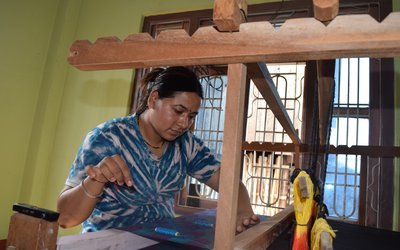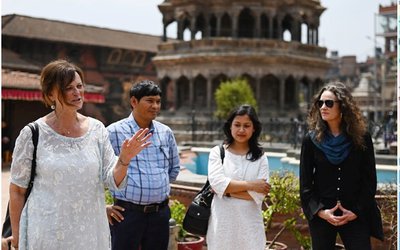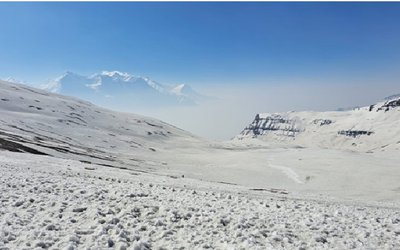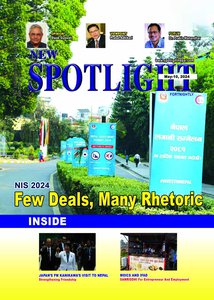
The very recent Indo-Nepal joint team meeting held at New Delhi on Kosi study correctly decided to refrain from taking further decision on detailed Kosi study without full clarification from higher policy level of each country, which obviously would have to be based on opinions of relevant experts together with nation wide debates covering all aspects of this one of the world's largest multipurpose hydro projects.
Kosi Study Agreement Confusing
The Kosi High Dam study agreement signed with India during our then Prime Minister G.P. Koirala's first official visit to India without prior consultation within Nepal had created a great deal of confusion. It took several years of exercise to convince India on Nepalese perspective of Kosi High Dam Project inclusive of navigation canal across North Bihar and the implementation of Sun-Kosi Dam Project prior to Kosi Dam Project since these two projects would be mutually exclusive of one another if the Kosi Dam Project is implemented first.
Embarrassment to Prime Ministers
Important bilateral decisions without prior consultation within the country can be extremely embarrassing. Very recently prime ministers of Nepal and India had jointly announced to start navigation by using the natural course of the Kosi River despite the fact that the Kosi River virtually dries up almost throughout the year with the exception of few monsoon months due to heavy withdrawal of Kosi water for irrigation.
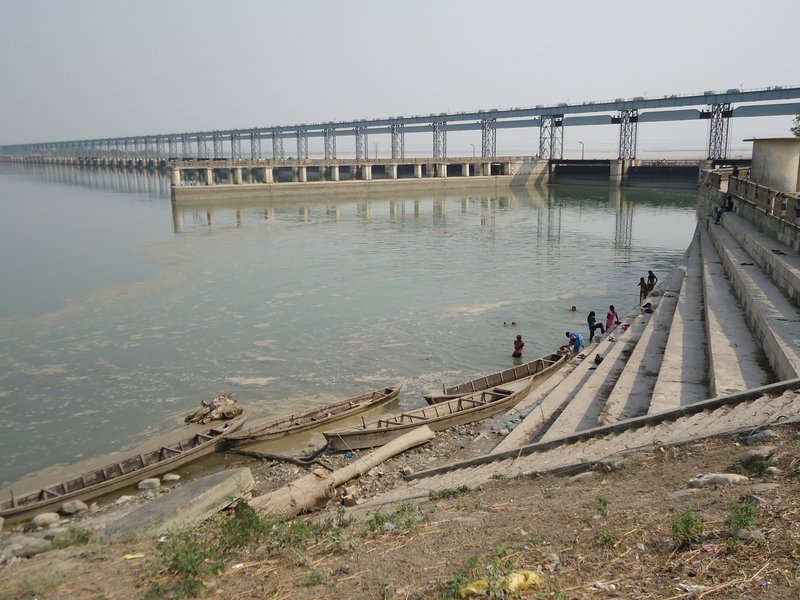
Revised Kosi Treaty
There is still a great deal of misunderstandings about the Kosi river related matters and also the legal status of the Kosi. Surprisingly, even some renowned legal experts of our country wrongly denounce the 1966 amended Kosi Treaty, though in reality it is the best treaty enabling our country to fully protect our legitimate water right interest.
The Kosi Treaty was revised on 19th December, 1966. Nepal's absolute right over the entire flow of the Kosi river has been established in the revised treaty. The Article 4 ( i ) of the Treaty related with the water rights has been presented below:
"HMG shall have every right to withdraw for irrigation and for any other purpose in Nepal water from the Kosi River and from the Sun-Kosi River or within the Kosi basin from any other tributaries of the Kosi River as may be required from time to time. The Union ( it indicates India ) shall have the right to regulate all the balance of supplies in the Kosi River at the barrage site thus available from time to time and to generate power in the Eastern Canal."
We all know that Nepal was denied ADB financial assistance in implementation of the Kankai Multipurpose Project because we did not have a treaty on Kankai with India similar to 1966 Kosi Treaty granting our country absolute right to entire flow of the Kosi.
Sun-Kosi plus Tamar Dams Vs Kosi Dam
Flood control is the most important aspect of the Kosi High Dam Project . It can also be explained that implementation of the Sun-Kosi plus Tamar storage dams could be a better alternative than the single giant Kosi dam for flood control for a very long time.
Kosi River known as the SORROW OF BIHAR, just like the Yellow River of China also known as the SORROW OF CHINA, was infamous for changing its courses each time accompanied with enormous loss of life and property. Detailed prefeasibility study of the Kosi river was started by Indian Government towards the end of the British rule aiming to find long term solution to Kosi flood problems. A copy of the prefeasibility report of the Kosi river study dated 1981 was sent to our Government by the Government of India.
According to the above mentioned prefeasibility report the Government of India had initially explored the possibility of building tributary dams to control Kosi floods. It is described in the Clause 2.3.3 of the prefeasibility report that the tributary alternative was dropped because at that time suitable dam sites could not be located.
"From this, it was concluded that it was not possible to construct 3 dams on the Sun Kosi, Arun and Tamar tributaries near Tribeni on geological and topographical grounds. Hence, investigations were concentrated on the single dam site"
Why Sun-Kosi plus Tamar Dams Better Alternative
If a single Kosi High Dam or if simultaneously dams across all three tributaries are built, the entire sediments carried by the Kosi would be held back in the reservoirs. Thus there would be releases of huge quantity of clear waters from the reservoirs during high floods, as a result there would be very serious retrogression of the river bed downstream storage dams. The retrogression would be accompanied with the deposition of eroded coarse river bed materials in lower reaches of the river leading to permanent submergence of vast area of lands.
In Boulder dam of the USA, the river bed immediately downstream dam was lowered between 6 and 14 feet within few years after the completion of the project, as a result at Needles, about 130 kilometers away, the river bed rose by 6 meters.
Thus two tributaries dams alternative would be a better alternative.
Kosi Inland Navigation
Policy makers of both India and Nepal might not have been properly briefed about the 1997 Kosi Study agreement already signed between our two governments to conduct detailed feasibility study of the Kosi navigation canal, as a result the prime ministers of our two countries have recently jointly announced to develop navigation by using the natural course itself of the Kosi River despite the fact that the Kosi River is expected to dry up in greater part of the year because of heavy withdrawal of water for irrigation.
The specially designed canal waterway to be simultaneously used for power generation and irrigation would allow very big river crafts to ply up to Nepal. The Upper Rheine waterway parallely used for power generation and also providing landlocked Switzerland waterway access to sea is a typical example of multipurpose use of the waterway. Thus Kosi canal waterway, that could be designed to operate 1500 tons barges, would indeed be preferable to waterway using the natural course.

Dr. A.B. Thapa
Thapa writes on water resources issue
- Dudhkosi Multipurpose Project
- Jul 11, 2022
- Dudh-Kosi Power Project And Kosi Treaty
- Sep 27, 2021
- Uttarakhand Glaciers And Recent Disaster: A Lesson To Our Country
- Mar 02, 2021
- Multipurpose Langtang After Melamchi: Inter-Basin Water Transfer
- Nov 04, 2020
- Large Storage Dams Projects Wary of Giving Away Children’s Inheritance
- Dec 22, 2019




